In a much welcome move, the federal government has told the provinces to take strict measures to ensure that liquefied petroleum gas (LPG) is not used in commercial vehicles in any part of the country. The directive has been issued in response to the petroleum ministry's finding that the use of LPG as fuel by commercial vans and small vehicles in ten major cities, including Karachi, Lahore, Quetta, Peshawar, Sukkur, Hyderabad, Gujrat, Gujranwala and Multan, is largely to blame for the worsening of the gas supply and demand situation during the winter months.
As it is, the local production of LPG is around 1,000 tons per day, while the demand during much of the year remains at around 1200-1300 tons per day. With the advent of the winter, it jumps up to 1500 tons a day. And let alone heating purposes, gas is unavailable to many households even for cooking food.
The problem has been further aggravated during the recent years due to unregulated use of LPG by owners of commercial vehicles. Since, unlike petrol and diesel, there is no surcharge on LPG, more and more rickshaw and van owners have been installing LPG kits.
Made mostly by untrained hands, these kits are cheaper than CNG kits and hence are in great demand. But they do not meet the required safety standards. Besides, although LPG is not linked to carbon emissions, it still poses health hazards - some known and others unknown.
It is generally accepted that not all of the LPG released as fuel is burnt. It is common, therefore, for those travelling in LPG fitted rickshaws to experience burning sensation in the eyes as well as headaches.
The increasing use of LPG as vehicular fuel is yet another example of the fact that the governmental regulatory agencies do not take notice of imminent problems until they become a serious nuisance.
In the present instance, the government has taken notice of the misuse of LPG not because it is a health hazard, but because it has created gas shortages. That led to a recent price increase, which, of course, generated public resentment, compelling the government to examine the issue.
Consequently, the petroleum ministry carried out a survey, which confirmed that the use of LPG is rampant in commercial vans and other small vehicles in ten big cities of the country.
The ministry gave a briefing on the subject to the concerned quarters, after which the federal cabinet directed the provincial governments that LPG as fuel for public transport should not be allowed so that its supply to domestic consumers does not suffer.
Whatever its reason to act, it is a matter of satisfaction that the government has finally put its foot down to control a dangerous situation.
So far as Punjab is concerned the federal directive has happily coincided with the provincial government's efforts to address the problem of environmental pollution, caused mainly by smoke emitting two-stroke rickshaw engines.
Only last week the government had decided to stop the production of two-stroke vehicles, to be replaced with four-stroke vehicles, and to phase out all unwanted rickshaws from the big cities in the next three years. Now the federal government's decision to ban LPG in commercial carriers and the fact that petrol is much more expensive than CNG, it is reasonable to expect that more and more transporters will opt for the environmental friendly and cheaper CNG fuel.
The other provinces must also take necessary measures not only to eliminate LPG as vehicular fuel but also to set a time-table for a complete transfer of all public transport from petrol/diesel to CNG.
The measure, needless to say, will help reduce the country's oil import bill and make the environment cleaner as well. To borrow President General Pervez Musharraf's favourite phrase, it will be a win-win situation.
BR100
15,100
Increased By
41.1 (0.27%)
BR30
43,391
Increased By
460 (1.07%)
KSE100
148,931
Increased By
115.3 (0.08%)
KSE30
45,223
Increased By
16.4 (0.04%)





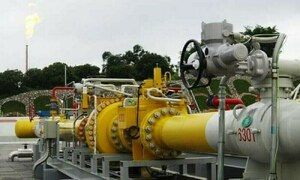

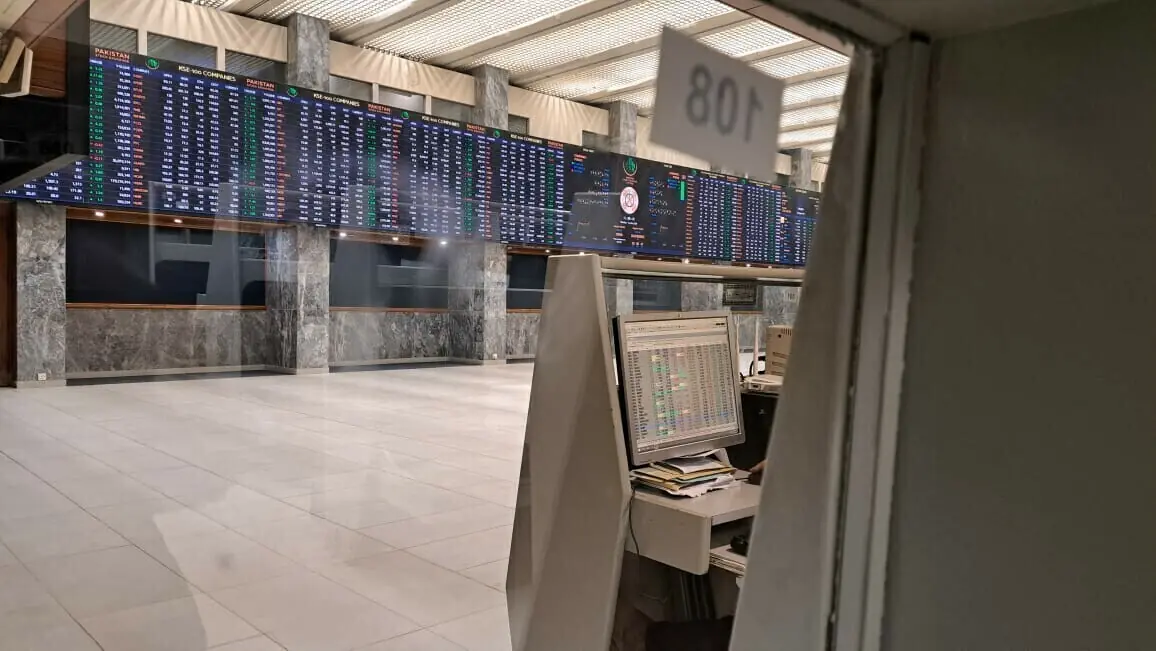

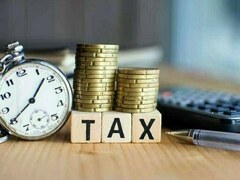

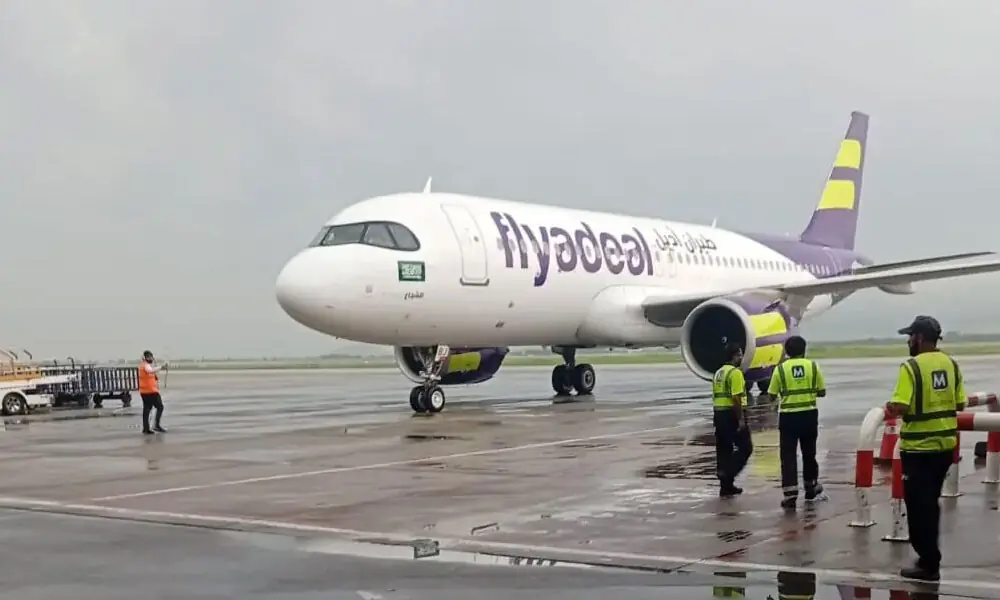


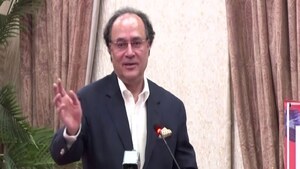
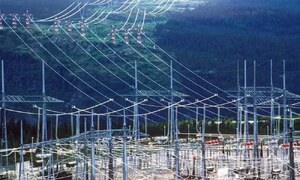

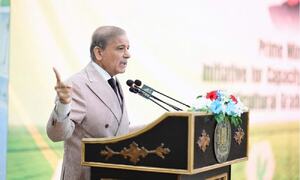
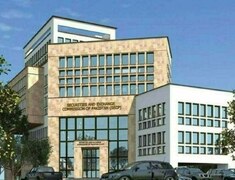


Comments
Comments are closed.